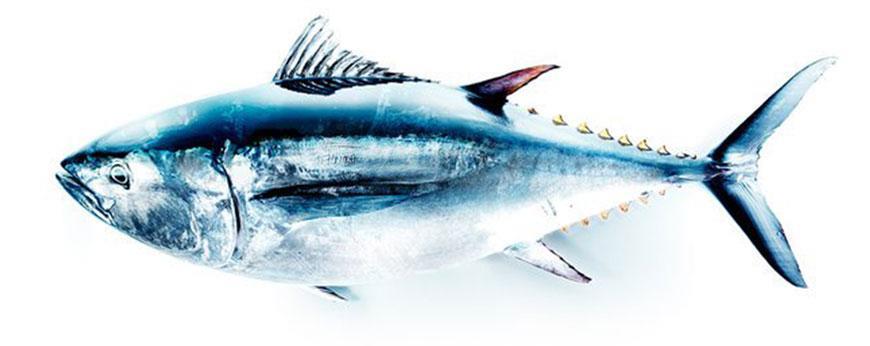
Jordan- How safe is your tuna? It's vital to know where it was caught
The researchers tracked concentrations of toxins in tuna around the world and found that the location of fish, as much as its species, can affect how safe it is to eat.
'The pollutant levels in seafood — and tuna in our case — can be heavily determined by the location where it was caught,' said lead author Sascha Nicklisch, a postdoctoral researcher at Scripps Institution of Oceanography at the University of California, San Diego. 'It is important to know the origin of catch of the fish, to know the amount of pollutants in your fish.'Researchers said they hoped the study would help advance understanding of how toxins enter our food supply through seafood and how to manage fisheries to reduce that risk.
The study, published in the June issue of the academic journal Environmental Health Perspectives, tested tuna from locations around the globe for the presence of pesticides, coolants and flame retardants. Together, they're part of a class of chemicals called persistent organic pollutants, which accumulate in body tissue and make their way up the food chain.Big fish and predators tend to have higher levels of toxic chemicals, so tuna offered a good means of tracking them. And yellowfin, which are relatively large fish but have shorter ranges than other tuna species, allowed researchers to look at regional pollutants.
'They stay in the location where they are born and hunt,' Nicklisch said. 'So we tried to use these tuna to create a snapshot of local contamination.'Scientists identified eight key sites around the globe and analysed 10 fish from each of them. To collect the samples, staff researcher Lindsay Bonito travelled from Tonga to Panama, Louisiana, Hawaii, Guam and Vietnam, chasing tuna.
'I was tasked to go out and actually secure tuna from all over the world,' Bonito said. 'I would either go out and fish for it, or contact fishermen.'They screened the fish for 247 toxic compounds and calculated pollutant concentrations for each area. Average toxin levels in tuna from the most polluted areas were 36 times those found in the least polluted areas. The differences between individual fish were even higher. Toxic levels in the most and least contaminated tuna samples varied by a factor of 180, according to the report.
In general, Nicklisch said, the more contaminated sites were industrialised areas of the northern hemisphere, including ocean regions off the Atlantic coast of Europe, and the east and west coasts of North America. Those of Asia, and in the Pacific Islands were relatively clean, he said.'The sites where we caught them are known to be more pristine, such as kingdom of Tonga,' he said.
Because food-borne toxins can affect the health of people who eat them, the US Environmental Protection Agency and Food and Drug Administration issue guidelines on how much fish to eat, with more protective recommendations for children and pregnant or nursing women.Most of the tuna analysed in the study would be considered safe under current guidelines, the researchers said. But there were wide variations between regions, and some areas, including the Gulf of Mexico and the Atlantic Ocean around Europe, had high levels of unsafe fish.
In all of the tuna samples, researchers found a particularly pernicious set of chemicals. Each fish tested contained 10 specific compounds that interfere with proteins that regulate cell membranes and fend off toxins, Nicklisch said. By disabling that defence, the toxic compounds open the floodgate to a host of other pollutants.'These compounds might lead to accumulation of chemicals in these tuna, because the proteins usually block those compounds in fish, but also in us, in humans,' Nicklisch said.
He said he hoped the study would lead to better safety testing of chemicals found in food, and enhance public information and labelling of seafood.
'The most important part of the take-home message is that it's important to know where your fish was caught,' he said.

Legal Disclaimer:
MENAFN provides the
information “as is” without warranty of any kind. We do not accept
any responsibility or liability for the accuracy, content, images,
videos, licenses, completeness, legality, or reliability of the information
contained in this article. If you have any complaints or copyright
issues related to this article, kindly contact the provider above.


















Comments
No comment